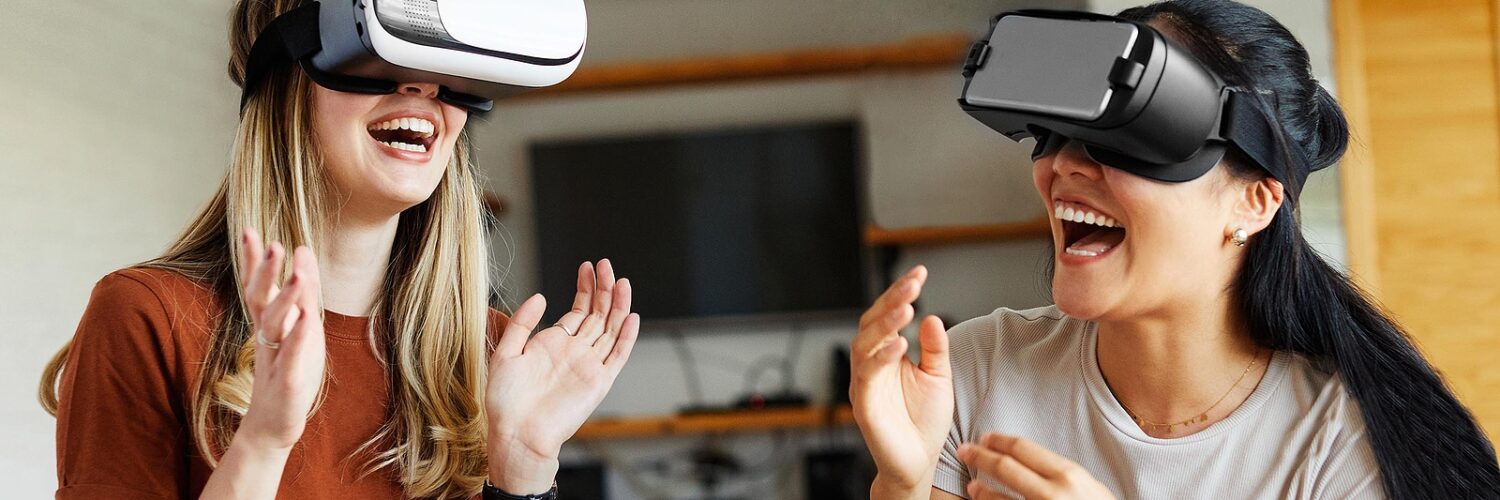by Ahmed Yousof, East Stroudsburg University of Pennsylvania, USA.
Enrollment of students with psychiatric disabilities in higher education has been steadily increasing since 2014 in both European and U.S. higher education. Among the psychiatric disabilities affecting college students, anxiety, depression, and autism spectrum disorder (ASD) are some of the most prevalent. However, recent research studies have highlighted concerning disparities. Despite the rise in enrollment, students with ASD still face challenges such as higher course repetition rates and a greater likelihood of dropping out without obtaining a degree, in comparison to their typically developing peers. Reports from U.S. colleges have also confirmed that autistic students have lower graduation rates and employment opportunities post-graduation, when compared to non-disabled students and those with other disabilities.
To address these issues, colleges and educational institutions have provided support to students with psychiatric disabilities through various accommodations, such as test adjustments, parking passes, assistive technology, and modified attendance policies. However, these accommodations have proven to be less effective, as they often reflect the needs identified by practitioners without significant input from the students themselves. Faculty and staff may not fully comprehend the daily challenges faced by these students in their interactions with the college community. For instance, ASD students encounter difficulties related to proximity, noise, and eye contact, which significantly impact their communication with peers, faculty, and staff.
To bridge this understanding gap, I started a project “From Empathy to Alterity: Using VR to Promote Disability Inclusion in Higher Education” that aims to take empathy a step further and create a state of “alterity.” Alterity is defined as the state or quality of being “the other,” or of not being of the self. In this context, VR-based interactive 360 videos play a pivotal role in promoting alterity by training faculty and staff to experience the world from the perspective of a student with a psychiatric disability, specifically ASD.
The training adopts a scenario-based approach, enabling faculty and staff to embark on a virtual journey simulating the daily experiences of an ASD student. By adopting the persona of the ASD student, they make decisions based on their understanding of this new perspective. The use of 360 videos ensures a higher level of realism and immersion in the world of the ASD student, enabling trainees to grasp the challenges faced more authentically.
By experiencing the environment through the lens of an ASD student, faculty and staff can gain a deeper understanding of the rationale behind the decisions made by these students in their communication with peers and teachers. This training approach is shaped with significant input from ASD students themselves, ensuring that their daily challenges are accurately represented and considered.
The potential impact of this innovative training method using interactive VR training cannot be overstated. By fostering alterity, colleges and educational institutions can facilitate greater empathy and understanding among faculty and staff, leading to more informed decisions related to communication, teaching, and interaction with students with psychiatric disabilities. Faculty members who undergo this VR-based training are likely to be better equipped to create inclusive learning environments, provide appropriate support, and engage effectively with students with ASD and other psychiatric disabilities.
Promoting disability inclusion in higher education goes beyond just providing accommodations; it requires a profound appreciation of the diverse experiences and challenges faced by students with disabilities. “From Empathy to Alterity” seeks to bridge this understanding gap and empower faculty and staff to be true allies in fostering a supportive and inclusive learning environment for all students.
In conclusion, the integration of VR technology in training faculty and staff represents a significant advancement in promoting disability inclusion in higher education. By moving from empathy to alterity, educators can develop a more profound connection with the experiences of students with psychiatric disabilities. This approach has the potential to create positive and lasting change, leading to improved academic outcomes and greater post-graduation opportunities for students with ASD and other disabilities. By embracing alterity, institutions can truly embody the principles of diversity and inclusivity, setting a powerful example for the future of higher education.















